Understanding pickleball faults
Pickleball faults can be likened to the stormy winds that challenge a sailor essentially, they can toss a game into disarray if not navigated properly. A fault is defined as any action that halts play due to a violation of the formal rules of game. It is important to emphasize that when a fault occurs, it results in the loss of rally for the offending team. This means that mastering the understanding of these faults is not just about following regulations it's about ensuring that every serve and return elevates the overall gameplay.

Knowledge of faults is vital for several reasons. First, it promotes fair play and sportsmanship, allowing players to operate within a framework of fairness and respect. When everyone understands the rules regarding faults, they can engage more fully in the game without second-guessing calls or fearing unexpected penalties. Additionally, knowing these rules enables players to improve their techniques, skills, and strategies. The more familiar players become with what constitutes a fault, the more they can enhance their performance on the court.
What is a pickleball fault?
A pickleball fault is any action or scenario that leads to a violation of the official rules, effectively stopping play and changing who serves. When a fault occurs, it not only halts the rhythm of the game but also shifts the balance in favor of the opposing team. Understanding the various forms of faults can significantly aid a player in avoiding common mistakes.
Why is it important to know fault rules?
Possessing a thorough understanding of fault rules is critical for maintaining fairness and sportsmanship in pickleball. Knowing these rules can help players avoid undesired penalties that may disrupt their game. By putting in the effort to internalize and practice the rules, players can strategize more effectively, leading to an overall better gameplay experience.
Common pickleball faults
Delving into the world of common faults in pickleball unveils a range of scenarios that players frequently encounter. Each type of fault carries its own set of rules and implications, vital to player understanding as they step onto the court. By familiarizing themselves with these common faults, players can anticipate potential pitfalls, thus keeping their game seamless and dynamic.
The dreaded two-bounce rule
One significant rule that every pickleball player must grasp is the two-bounce rule. This rule stipulates that both the serve and the return must bounce before any volleying occurs. The frustration of a beginner hitting the return of serve in the air resonates with many; it’s a rookie mistake that can disrupt the flow of the game. For example, imagine a novice player feeling the adrenaline rush as they receive a serve, only to make the mistake of volleying it straight away. This misstep not only costs them the rally but can also shake their confidence on the court.

By taking the time to ensure the ball completes its bounce during both the serve and the return, players can avoid the pitfalls of this rule. Not only does it create a level playing field, but it also promotes a rhythm that enhances the overall enjoyment of the game.
Serving up trouble: service faults
Service faults are another crucial aspect of pickleball that players must navigate. These occur when a player's serve does not adhere to specific regulations. Common service infractions include illegal motions, such as executing an overhand serve or serving the ball from a position above the waist. Additionally, foot faults commonly happen when players step on or over the baseline during their serve, which can lead to penalties.
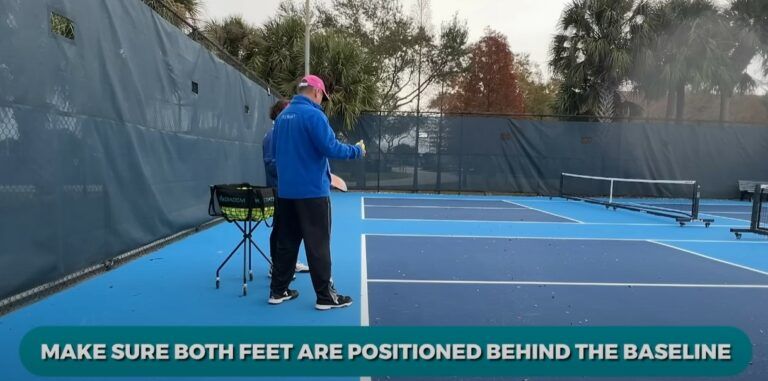
Moreover, serves must be delivered from behind the baseline and fall within the guidelines set by sideline and centerline extensions. If a serve lands in the net or goes out of bounds, it is not classified as a fault but rather an unforced error. Recognizing these nuances can help players refine their serves, thus maintaining the integrity of the match.
Navigating the kitchen: non-volley zone faults
Transitioning to the non-volley zone, often referred to as the "kitchen," players must be aware of its specific regulations. This area, measuring 7 feet from the net on either side, comes with clear restrictions regarding volleying. Players are prohibited from hitting the ball while standing inside this zone if they are attempting a volley.
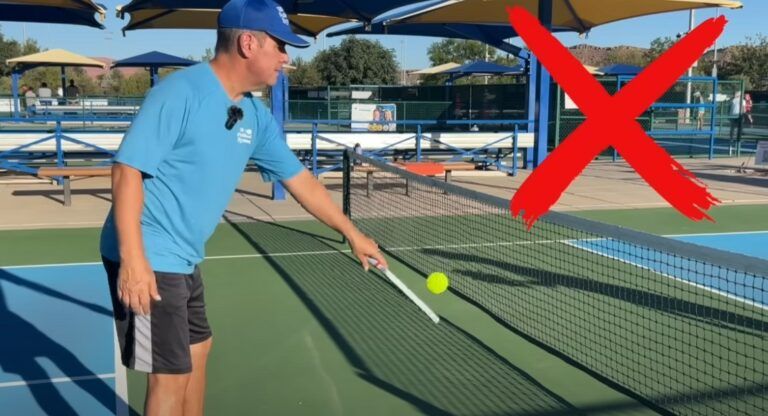
For instance, a player might bashfully leap towards the net, momentarily violating this rule if their momentum carries them into the kitchen post-volley. Such kitchen foot faults can swiftly change the dynamics of a rally, resulting in an unwanted loss of serving opportunity. Developing a keen awareness of court positioning is crucial for avoiding penalties related to the non-volley zone.
Hitting out of bounds
Finally, understanding the boundaries of the pickleball court itself is vital. When a ball lands outside the delineated lines, it is categorized as "out of bounds," leading to potential faults. Players must remain cognizant of court awareness to enhance their performance and avoid unnecessary errors.
Calling faults: a guide to etiquette and procedures
Pickleball, often played in a friendly and communal spirit, heavily relies on player integrity regarding calling faults. Understanding the etiquette surrounding this aspect enriches the gameplay experience and upholds a sense of fairness.
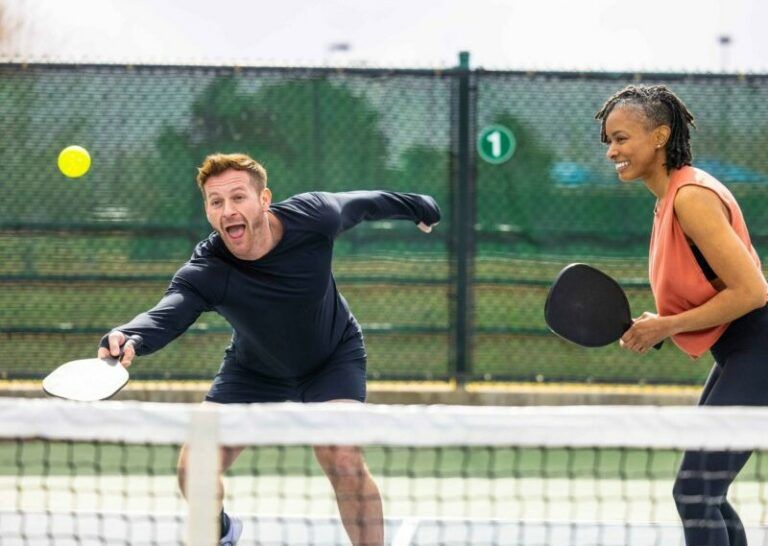
The honor system: calling faults on yourself
In pickleball, self-enforcement is paramount. Players are expected to call their own faults, emphasizing the importance of honesty and sportsmanship. The honor system fosters mutual respect, allowing the game to flow without the need for referees. This unique dynamic engenders a sense of camaraderie, further enriching the sport's community spirit.
Calling faults on opponents
Conversely, players are permitted to call faults on their opponents during non-officiated matches. This includes violations such as non-volley zone and service foot faults. Handling disagreements is essential to maintaining the integrity of the game. Establishing clear communication is vital, and it's common practice to replay points in the spirit of fairness.
Consequences of faults and how to recover
The consequences of faults can weigh heavily on players, impacting their momentum and focus during a match. Understanding the ramifications of these errors empowers players to navigate their way back into the game positively.
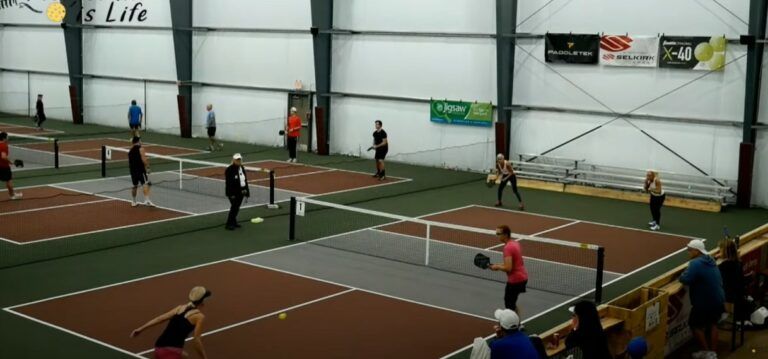
The price of a fault
When a fault occurs, it typically results in the loss of serve for the serving team and awards a point to the non-faulting team. Such penalties can disrupt the natural flow of the game, requiring players to recalibrate their skills and tactics. Recognizing these moments as learning experiences is vital for improving future performance.
Bouncing back from a fault
Maintaining a resilient mindset in the aftermath of a fault can be challenging yet crucial. Developing mental resilience is an invaluable component of the pickleball journey. Players can consider strategies like refocusing on the next point or adjusting their tactics, leveraging these common situations to build their experience on the court.
Avoiding common pickleball faults: tips and techniques
A proactive approach to practice can significantly reduce the occurrence of faults in pickleball. Embracing techniques and drills tailored to improve skills facilitates a more fluid game.
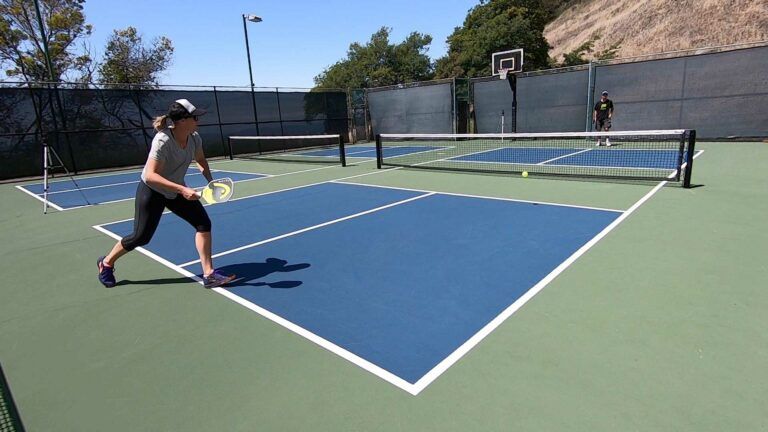
Practice makes perfect
Engaging in consistent practice helps develop the muscle memory necessary for mastering serves, footwork, and court awareness. Players should implement specific drills concentrating on their serve accuracy and volleying techniques. By repeating these actions diligently, they foster an intuitive understanding of the game's mechanics, which in turn leads to better decision-making during matches.
Visualize success
Incorporating mental imagery into training can yield remarkable results for beginners. Visualizing oneself executing shots correctly enhances focus and anticipation on the court, ultimately reducing errors. Maintaining a positive mindset and anticipating success fosters confidence that can elevate overall gameplay.
Advanced fault scenarios and interpretations
Exploring advanced fault scenarios unveils a spectrum of possibilities that players may encounter during their pickleball journey. These situations challenge players’ understanding of the rules and demand keen awareness.
The erne: a high-risk, high-reward shot
The "erne," a challenging shot in the sport, epitomizes the cat-and-mouse game that is pickleball. Attempting an erne accentuates the risk of foot faults, as players leap across the kitchen line for a volley. Practicing this shot safely, fundamentally, helps players enhance their repertoire while minimizing risks.
When faults collide: determining the "first fault"
In scenarios where multiple faults occur simultaneously, players face the complexity of determining the "first fault." Understanding the rules regarding this outcome can clarify contentious matches and reduce disputes among players. A clear protocol regarding these situations is vital for ensuring a smooth match experience.
Carrying or catching the ball: what's allowed?
The rules surrounding "carrying" or "catching" the ball on the paddle can be somewhat ambiguous. It’s essential to differentiate between legal and illegal contact comprehensively. Examples include instances where a player may inadvertently lift the ball due to miscalculated paddle angles. Clarifying these details can assist in educating players on the nuances of permissible actions.
Additional resources
To further enhance your pickleball knowledge, a range of resources is available to deepen your understanding of the game and its rules.
The official rulebook: your go-to guide
For those seeking a detailed overview of pickleball rules, the USA Pickleball Official Rulebook serves as a comprehensive guide. This invaluable resource provides precise definitions and clarifications regarding every aspect of the game, bolstering players’ comprehension of the sport.
Learn from the pros
In addition to the rulebook, players can glean insights from professional athletes through various platforms. Websites and YouTube channels featuring instructional videos and expert tips offer a plethora of learning opportunities. Notable professional players frequently share their experiences, highlighting techniques for avoiding faults and optimizing performance. Engaging with these resources fosters a deeper understanding of both strategy and gameplay.
In conclusion, mastering pickleball's fault rules is essential for every player aspiring to elevate their performance on the court. Understanding the various facets of faults from service infractions to nuances in non-volley zones creates a foundation for developing skills and strategies. Moreover, the importance of maintaining sportsmanship and honesty in calling faults fosters an enriching atmosphere for all involved. By committing to practice and leveraging available resources, players can navigate the challenges of the sport with confidence, ultimately enhancing both their experience and that of their teammates and opponents. All in all, pickleball demands not just physical prowess but also a keen understanding of its intricate rules, culminating in a rewarding exploration of this exciting game.










